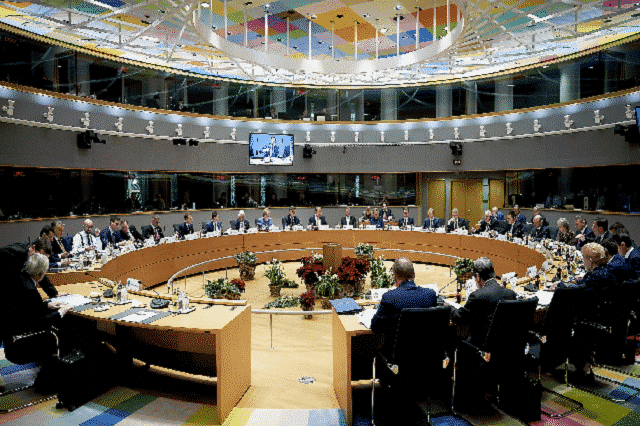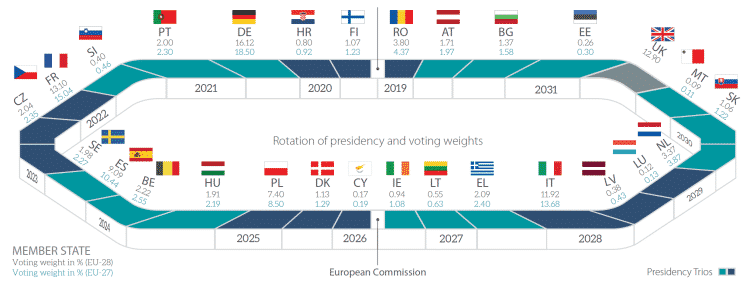 English available languages
English available languages
Council Of The European Union: Facts And Figures
The Council of the European Union – often referred to as the Council of Ministers forms one part of the legislature and the budgetary authority of the Union. The Council and European Parliament together adopt much of the EU’s legislation and the Union’s annual budget, on the basis of proposals put forward by the executive, the European Commission. The Council also takes decisions on specific areas of EU action, in particular in Common Foreign and Security Policy (CFSP), where it seeks to coordinate Member States’ positions, and concludes – subject to the consent of the Parliament – international agreements, usually negotiated by the Commission on the basis of a mandate.

The Council of the EU is distinct from the European Council, which is now a separate institution made up of the Heads of State or Government of the Member States. The European Council is responsible for defining the general political directions and priorities for the Union, but does not have formal legislative functions.

The Council is chaired by a rotating presidency. Each Member State takes a six-month term at the helm, chairing Council meetings themselves as well as the gatherings of the Committee of Permanent Representatives (Coreper) and the working parties which prepare the Council’s work. To ensure some degree of continuity between Member States’ terms, ‘trios’ covering three successive presidencies over an 18-month period are designated to try to develop and implement joint work programmes. Informal meetings, at ministerial or official level, often take place in the country holding the presidency, providing an opportunity to discuss priority issues, but without formal decisions being taken. (The Foreign Affairs Council and working parties in that field are chaired by the EU’s High Representative or his representatives.) The graphic below shows the order in which Member States will take on the presidency and the designated trios. National delegations are seated around the table in order of the rotation, with each moving one place clockwise at the start of every six-month period. In addition, the graphic shows the voting weight of each Member State.

The Council of the EU meets in ten different thematic configurations, as shown in the graphic below, comprised of government ministers from each Member State responsible for the policy area concerned. In these configurations, Member States negotiate with each other to agree the Council’s position. On legislative proposals from the European Commission, the Council, normally represented by its presidency, then negotiates with the European Parliament to agree a compromise text that can then be formally adopted by each institution.
Discussions at ministerial level are prepared by the permanent representatives of the Member States and their deputies – Brussels-based diplomats at ambassador level – who meet in the Committee of Permanent Representatives of the governments of the Member States to the European Union. This body is known by the acronym ‘Coreper’, after its title in French. In fact, there are two parallel divisions, Coreper I, the deputy permanent representatives, covering the more technical Council formations; and Coreper II, the permanent representatives, who deal with the most politically sensitive issues. Below the ambassadors, a large number of working parties discuss legislative proposals in detail and prepare other work for the Council. Member States are represented on these working parties either by specialist officials, who travel from national ministries, or by staff in their Brussels permanent representations. The graphic above shows the number of preparatory bodies under each thematic Council configuration.
 English available languages
English available languages
